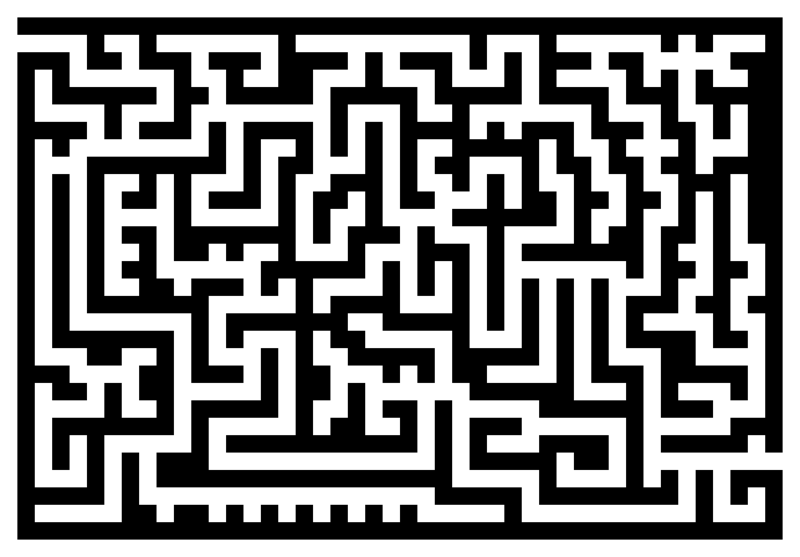It makes sense that we use our brains to lay tracks in front of us as we encounter the unknown, a sort of superhighway of our own making, and one that we can call upon again and again in life. But what if such construction isn’t required of us? The opening of Julia Frankenstein’s New York Times Opinion piece, “Is GPS All in Our Head?“:
“It’s a question that probably every driver with a Garmin navigation device on her dashboard has asked herself at least once: What did we ever do before GPS? How did people find their way around, especially in places they’d never been before?
Like most questions asked in our tech-dependent era, these underestimate the power of the human mind. It is surprisingly good at developing ‘mental maps’ of an area, a skill new research shows can grow stronger with use. The question is, with disuse — say, by relying on a GPS device — can we lose the skill too?
The notion of a mental map isn’t new. In the 1940s, the psychologist Edward C. Tolman used rats in mazes to demonstrate that ‘learning consists not in stimulus-response connections but in the building up in the nervous system of sets which function like cognitive maps.’
This concept is widely accepted today. When exploring a new territory, we perceive landmarks along a route. By remembering their position and the spatial relations between the streets, locations and landmarks we pass, we are able to develop survey knowledge (stored in the mind like a mental map), which enables us to indicate directions, find shortcuts or detours — in short, to react and navigate comfortably.”
•••••••••
Mousebot navigates maze:

